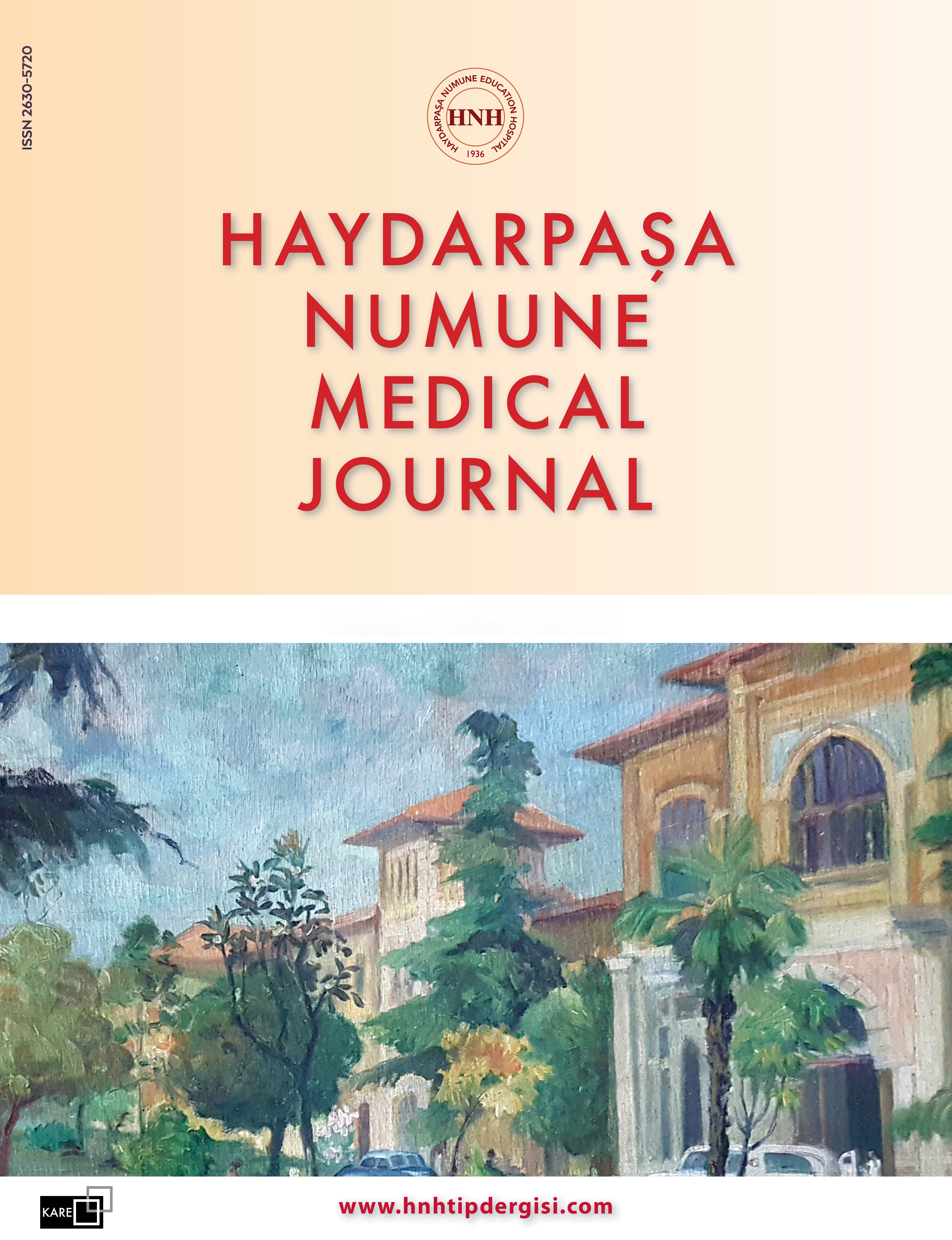Evaluation of Risk Factors for Developmental Dysplasia of the Hip
Demet Tekcan, Gülay Bilgin, Şirin GüvenDepartment of Pediatrics, Istanbul Umraniye Training and Research Hospital, Istanbul, TürkiyeINTRODUCTION: While various risk factors and changes in the incidence of developmental dysplasia of the hip (DDH) over the last few decades have been discussed, the exact cause of DDH is currently unknown. This study aimed to determine the incidence and risk factors of DDH using hip ultrasonography (Graf method). The relationship between ultrasonographic findings and risk factors for DDH was prospectively evaluated.
METHODS: A total of 339 patients, 211 females (62.24%) and 128 males (37.76%), were prospectively studied. In all patients, risk factors for DDHsuch as female sex, breech presentation, being the first female baby, type of birth, oligohydramnios, high birth weight, and multiparitywere recorded in their medical files. All patients underwent hip ultrasound between the fourth and sixth weeks, performed by the same radiologist. The relationship between dysplastic hips and risk factors was determined using the Graf method.
RESULTS: Breech presentation was observed in 39 cases (11.5%), oligohydramnios in 6 cases (1.8%), multiple pregnancy in 9 cases (2.7%), a history of being the first female baby in 107 cases (31.6%), high birth weight in 38 cases (11.2%), cesarean section in 150 babies (44.2%), a positive family history of DDH in 7 babies (2.1%), and torticollis in 1 baby (0.3%). Type 1a and 1b hips were detected in 304 babies (89.6%), type 2a hips in 31 cases (9.1%), type 2b and 2c hips in 2 cases (0.5%), and type 3 hips in 2 cases (0.5%). A significant association was found between DDH and female sex, as well as high birth weight (p<0.05).
DISCUSSION AND CONCLUSION: The etiology of DDH remains unclear, although many risk factors have been identified. This study demonstrated that DDH can occur in babies without any known risk factors. Therefore, we recommend routine hip ultrasonography for all newborns between Weeks 4 and 6.
Manuscript Language: English
















